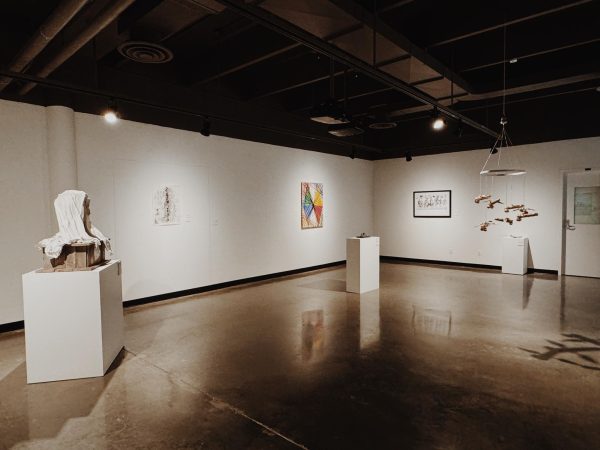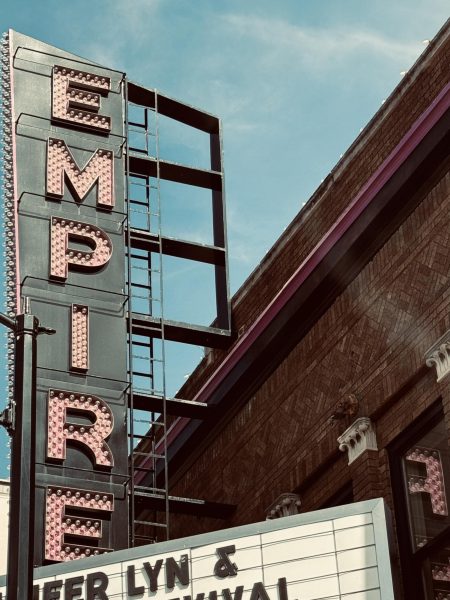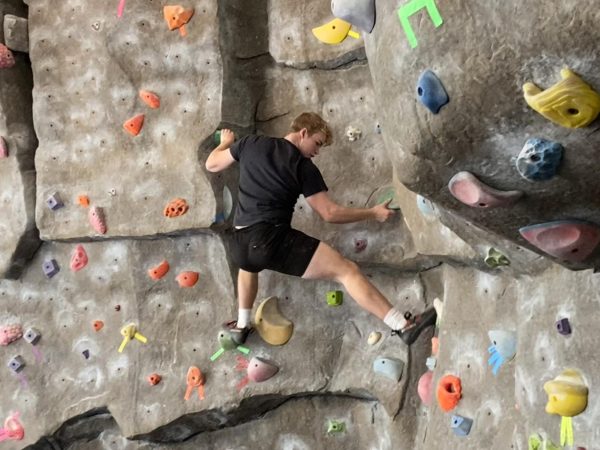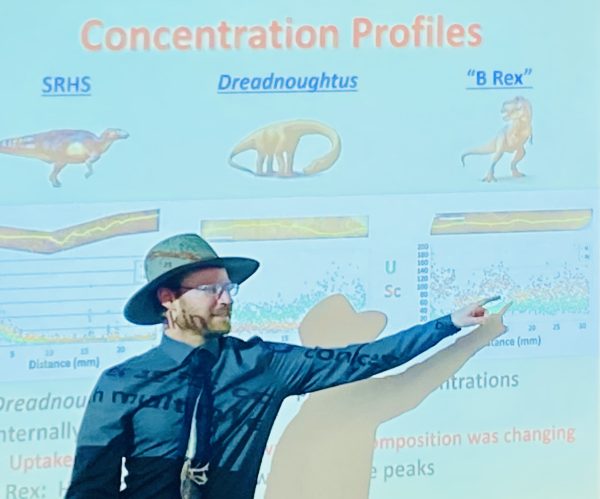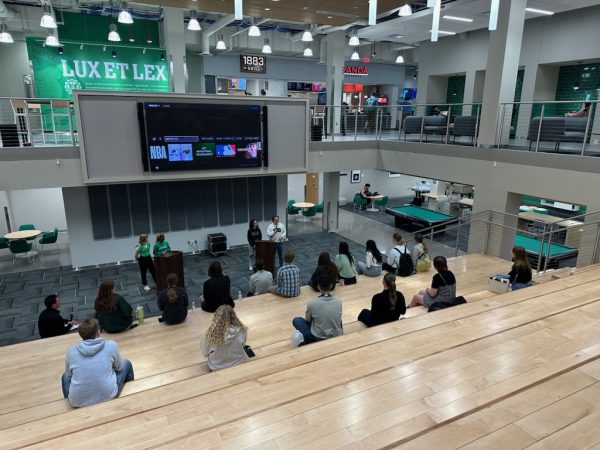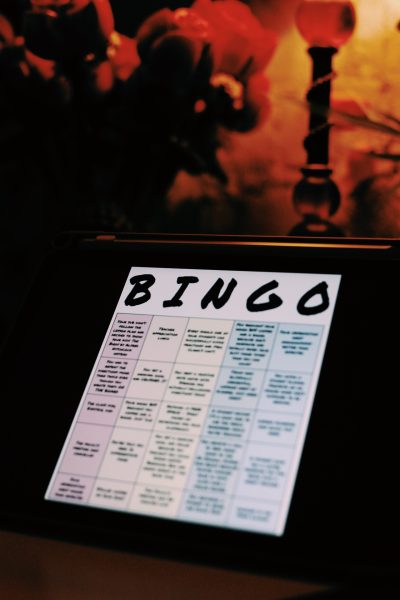NPL and Memes
April 4, 2017
Tucked away on the fourth floor of the Chester Fritz Library, an exhibit of old magazine covers and political cartoons sits in a glass display in Special Collections, which resembles a museum that preserves history through its artifacts and aged documents.
The collection, which according to the library website, works to “collect, preserve, and make accessible records of enduring historical value to the University community, other scholars and interested persons.”
While this part of the library lacks the crowds of the first and second study floors, it houses Nichole Kenney’s exhibit on the Nonpartisan League, the North Dakota-born political organization comprised of farmers and small merchants. The exhibit captures the fighting spirit of the short-lived, but impactful political party at a time when big corporations threatened their livelihood. The exhibit highlights NPL’s legacy through its published political cartoons and Kenney’s commentary of their influence is relevant even in today’s society.
Michael Swanson, Assistant Archivist at the Special Collections Exhibit, was one of the faculty members who initially met with graduate student Kenney to discuss what her exhibit would be about.
“Nichole, early on in the semester, knew she would be doing an exhibit for us,” Swanson said, “We sat down in the department, discussed it, and decided to have her do an exhibit on the Nonpartisan League, because of interest and because she’s taking a related class.”
The information is organized in a roughly chronological order with Kenney’s commentaries providing context and explanations of the subliminal messages.
“The NPL and its opposition excelled at using pictures and drawings to describe the nature of people,” Kenney explains in a note.
When NPL was founded by Arthur C. Townley in 1915, English was not spoken widely and illiteracy was common. Therefore, the Midwestern farmers needed a way to convey the message that they did not want to be exploited by the big corporations in Minneapolis and St. Paul. Enter: political cartoons.
At least three cartoons were featured in every issue of the The Nonpartisan Leader, the NPL’s first official newspaper. Cartoonists John M. Baer and W.C. Morris used their highly detailed illustrations to ensure their message reached the entire public, regardless of ethnicity and language.
On the Jan 4, 1917 cover, a weathered and bearded grandfather figure, an obvious symbol of the NPL due to a label on his overalls, sits on a rocking chair while figuratively sewing together some states, including North and South Dakota, and Minnesota. Cooperation and the People’s Vote are the stitches that the farmer uses, indicating that the small farmers make up these states and that their livelihoods depend on their work.
At a time when the internet permeates into everyone’s everyday life, Kenney warns of the dangers that come with political messages conveyed through the internet’s virally-transmitted captioned photos — memes.
Memes, like political cartoons, can be used to push an agenda. Unlike political cartoons, however, memes can be created by anybody within seconds and instantly shared with the entire world.
“You have to watch out for that because memes and cartoons are one person’s interpretation of what is going on around them,” Kenney writes in the commentary.
A photo of 2016 Democratic presidential candidate Hillary Clinton is captioned “Silly Americans/ laws are for poor people.” With just a few short words, Kenney comments, Clinton is depicted as a candidate with a disdain for the majority of Americans and whose political agenda will not benefit anyone other than the wealthy.
“Most people believe that political cartoons and memes are what everyone believes form that particular party,” Kenney said, “Memes and cartoons are one person’s interpretation of what is going on around them.”
“I think she did a great job,” Swanson said, “She really broke it down into different parts of the league, starting from its beginnings, continuing onto the 1930s, and then tying it into today with its memes.” Nichole Kenney’s exhibit will be up until later on in the year as part of the library’s Special Collections.
Stephanie Hollman is a staff writer for The Dakota Student. She can be reached at [email protected]




